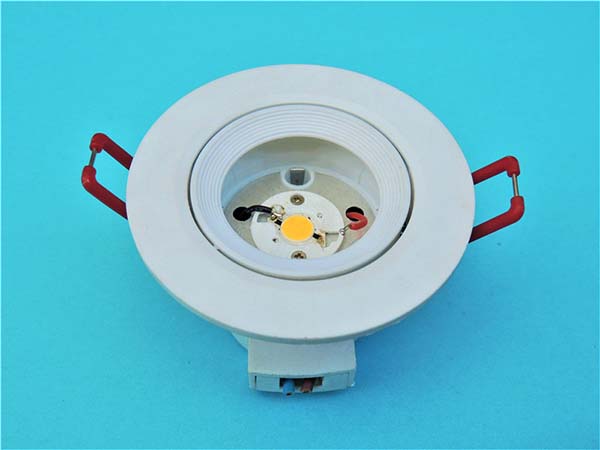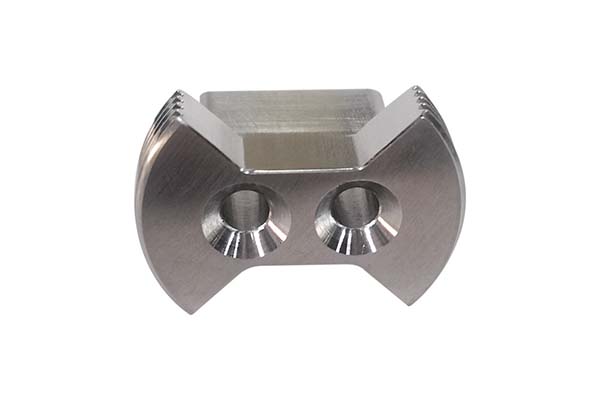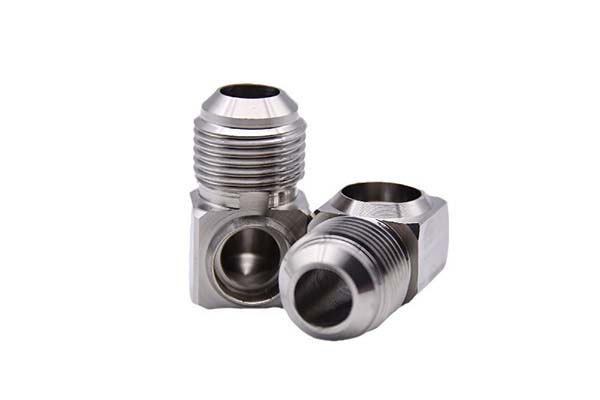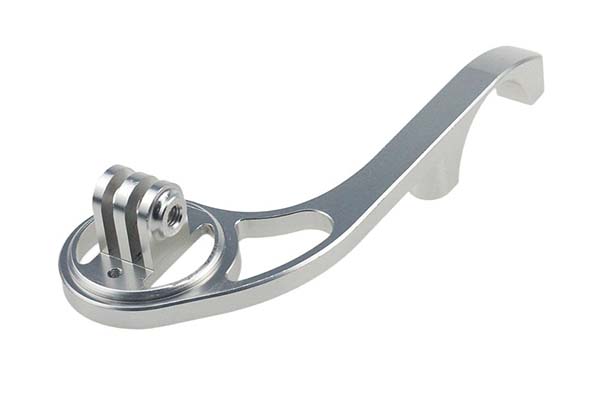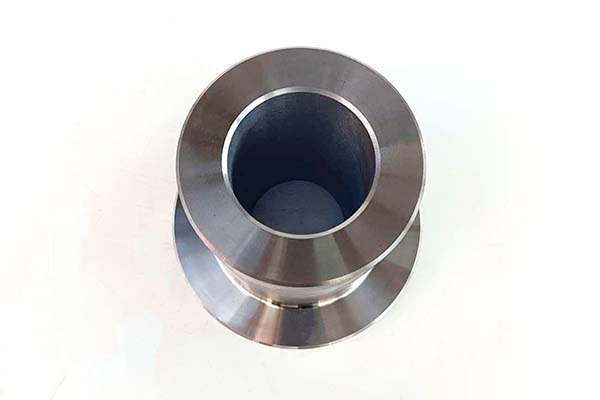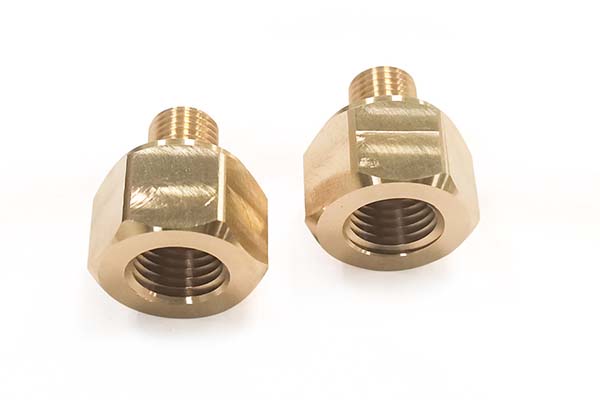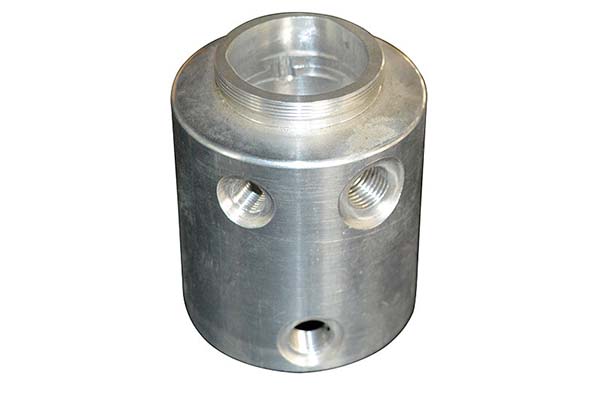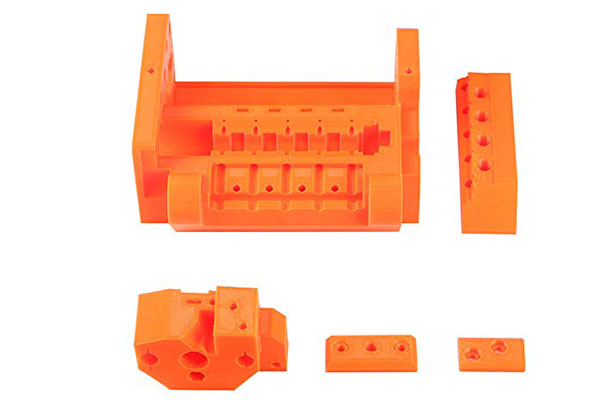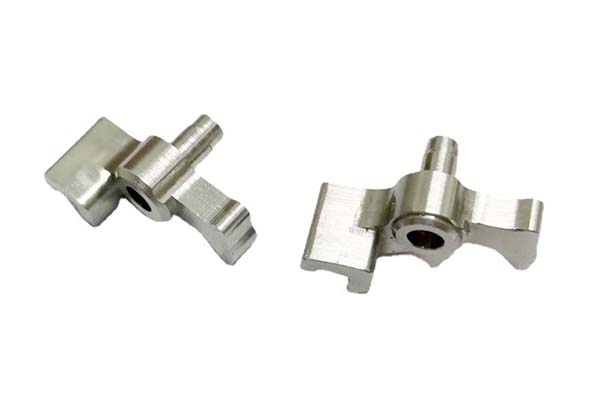CNC machining of UHMWPE (ultra-high molecular weight polyethylene) comes with unique challenges that manufacturers often face. Its low coefficient of friction—a key advantage for applications like bearings—makes it prone to slipping during machining, even with secure vacuum fixtures. UHMWPE’s high toughness and elasticity cause it to deform under cutting forces, leading to burring and poor surface finish if cutting parameters are not optimized. Additionally, its low thermal conductivity causes heat to accumulate at the cutting edge, increasing the risk of material melting and chip welding to the tool. Achieving tight tolerance verification is further complicated by its creep resistance—slow deformation under sustained stress—requiring careful post-machining cooling and inspection. This guide addresses these pain points, offering expert strategies to master CNC machining of UHMWPE.
CNC Machining Techniques for UHMWPE
The CNC machining techniques for UHMWPE require tailored approaches to handle its low friction and high toughness:
- CNC milling: The primary process, using sharp tools and controlled feed rate to minimize deformation. A spindle speed of 3000-6000 RPM and feed rate of 0.15-0.3 mm/tooth works well, with a depth of cut of 0.5-2 mm for roughing and 0.1-0.2 mm for finishing. Climb milling reduces burring by cutting cleanly through the material, while conventional milling is better for avoiding slippage in thin sections.
- CNC turning: Suitable for cylindrical UHMWPE parts like bushings or rollers, with spindle speed of 1500-3000 RPM and feed rate of 0.1-0.2 mm/rev. A positive rake angle (+10° to +15°) on tools reduces cutting forces, minimizing material deformation.
- Drilling and tapping: Requires high-speed steel or carbide drills with a 118° point angle to prevent tearing. Tapping uses spiral-flute taps with a slow spindle speed (500-1000 RPM) to form threads without excessive material displacement.
- Tool path optimization: Smooth, continuous toolpaths reduce abrupt direction changes, which can cause material stretching and burring. CAD/CAM integration helps generate paths that minimize tool engagement time, reducing heat buildup. For complex geometries, layered machining (multiple shallow passes) reduces deformation, ensuring dimensional accuracy.
- Coolant usage: Compressed air or minimal mist coolant (2-5% concentration) is ideal, as excessive coolant can cause UHMWPE to swell—low moisture absorption is a benefit, but prolonged exposure to liquid affects dimensional stability.
Material Properties of UHMWPE
UHMWPE is a high-performance polymer with properties that make it indispensable in demanding applications, influencing its machinability:
- Low coefficient of friction: With a coefficient of 0.05-0.15 (dry), it rivals PTFE, making it ideal for conveyor systems and sliding components but complicating machining setups.
- High wear resistance: Outperforms most plastics and even metals in abrasive environments, suitable for industrial wear parts and marine applications.
- Impact resistance: Exhibits exceptional toughness, even at low temperatures, making it ideal for bulletproof vests and protective components.
- Chemical resistance: Resists most acids, alkalis, and organic solvents, critical for food processing equipment and chemical handling parts.
- Biocompatibility: Meets ISO 10993 standards, making it a preferred material for medical implants like hip and knee replacements, requiring strict machining cleanliness.
- Low density: At 0.93-0.94 g/cm³, it is lighter than water, beneficial for automotive parts and marine applications where weight is a concern.
| Property | UHMWPE | PTFE | HDPE |
| Coefficient of Friction | 0.05-0.15 | 0.04 | 0.2-0.3 |
| Wear Resistance | Excellent | Very Good | Good |
| Impact Strength | Excellent | Good | Very Good |
| Biocompatibility | Yes (ISO 10993) | Yes | Limited |
Applications of UHMWPE
CNC machined UHMWPE parts are valued across industries for their unique combination of low friction, wear resistance, and toughness:
- Medical implants: Hip and knee replacement components leverage UHMWPE’s biocompatibility and low friction, reducing wear and improving patient mobility. Strict machining cleanliness (class 8 cleanroom) prevents contamination.
- Food processing equipment: Conveyor guides, star wheels, and chute liners use its chemical resistance and non-stick properties, ensuring easy cleaning and compliance with FDA standards.
- Industrial wear parts: Bearings, bushings, and scraper blades benefit from its high wear resistance and low friction, reducing maintenance in heavy machinery.
- Marine applications: Dock fenders, boat hull liners, and propeller shaft sleeves resist saltwater corrosion and reduce friction, extending equipment life.
- Automotive parts: Door handles, gearshift components, and fuel system seals use UHMWPE’s impact resistance and chemical tolerance, withstanding under-hood conditions.
- Conveyor systems: Wear strips and roller covers reduce friction between moving parts, lowering energy consumption and extending conveyor life.
CNC Machining Equipment for UHMWPE
Specialized CNC machining equipment is required to achieve precision in UHMWPE processing:
- CNC milling machines: 3-axis and 5-axis mills with rigid frames and low-vibration spindles minimize material deformation, critical for maintaining tolerance in flexible UHMWPE.
- CNC lathes: High-precision lathes with soft-jaw chucks prevent marring and slippage, ensuring concentricity in cylindrical parts like medical implants.
- Multi-axis machining centers: Enable complex geometries to be machined in one setup, reducing workpiece handling and minimizing the risk of deformation from repeated clamping.
- High-speed spindles: 4000-8000 RPM spindles balance material removal and heat generation, reducing the risk of UHMWPE melting during cutting.
- Coolant systems: Compressed air systems or low-pressure mist coolant (2-5% concentration) dissipate heat without soaking the material, preserving dimensional stability.
- Vacuum fixtures: High-force vacuum tables (≥-90 kPa) secure UHMWPE sheets during machining, preventing slippage caused by its low coefficient of friction.
Quality Control in CNC Machining UHMWPE
Maintaining quality in UHMWPE parts ensures performance in critical applications:
- Inspection methods: Dimensional measurement using coordinate measuring machines (CMMs) verifies tolerances, with measurements taken 24 hours after machining to account for creep resistance.
- Surface roughness: UHMWPE typically achieves Ra 1.6-3.2 μm with standard machining. Profilometers check for burring and melt marks, with Ra <1.6 μm required for medical implants to reduce tissue irritation.
- Tolerance verification: Statistical process control (SPC) tracks variations, ensuring parts meet ±0.03-0.05 mm tolerances—tighter (±0.01-0.02 mm) for precision components like hip replacement liners.
- Non-destructive testing: Visual inspections under magnification (20-50x) detect surface defects, while ultrasonic testing identifies subsurface voids in critical parts like bulletproof vest panels.
- Hardness testing: Shore D hardness (60-70) is verified to ensure material consistency—variations can indicate inconsistent molecular weight and machinability.
- In-process monitoring: Force sensors detect tool deflection, triggering adjustments to feed rate or spindle speed to prevent material deformation and burring.
Yigu Technology's Perspective
Yigu Technology specializes in CNC machining UHMWPE, leveraging expertise in handling its low friction and high toughness. We use sharp carbide tools with polished flutes to minimize burring and high-force vacuum fixtures to prevent slippage. Our multi-axis machining centers and CAD/CAM integration ensure complex parts like medical implants and food processing equipment are machined accurately in one setup. Quality control includes CMM inspections and cleanroom processing (class 8) for medical applications, critical for biocompatibility compliance. We optimize cutting parameters to balance heat management and material removal, delivering parts with consistent surface finish and tight tolerances. Whether producing wear parts or implants, we tailor our processes to UHMWPE’s unique needs, ensuring reliable, high-performance results.
FAQ
- Why does UHMWPE slip during machining, and how to prevent it?
UHMWPE’s low coefficient of friction causes slippage even with standard fixtures. Prevention involves using high-force vacuum fixtures (≥-90 kPa), soft-jaw chucks with textured surfaces, and minimal depth of cut (≤1 mm) to reduce lateral forces, ensuring stable machining.
- How to avoid melting and chip welding when machining UHMWPE?
Melting occurs due to heat buildup from low thermal conductivity. To avoid this, use spindle speed of 4000-6000 RPM, feed rate of 0.2-0.3 mm/tooth, and compressed air coolant to dissipate heat. Sharp tools with large rake angles also reduce friction, minimizing heat generation.
- What surface roughness is achievable in UHMWPE, and how to improve it for medical applications?
Standard machining achieves Ra 1.6-3.2 μm. For medical implants (requiring Ra <0.8 μm), use PCD tools, spindle speed of 6000-8000 RPM, and a light finishing pass (0.05-0.1 mm depth of cut) to shear material cleanly without deformation.
